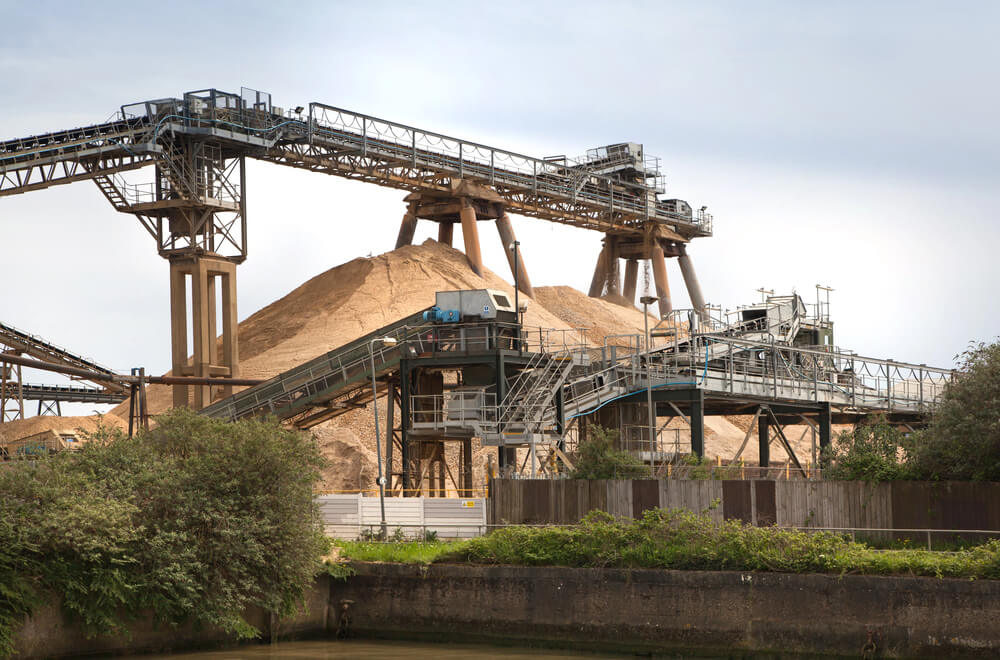What is Life Cycle Assessment in Architecture
- and How SUHO Supports Sustainable Design in Australia
As the built environment faces growing responsibility in the fight against climate change, Life Cycle Assessment(LCA) has become an essential tool for the Australian design and construction industry. It provides the data-driven insights needed to create truly sustainable buildings—from resource extraction through to end-of-life.
At SUHO, we help project teams understand the full environmental impact of their design decisions and align them with national and global best practices for sustainable building. LCA allows us to go beyond energy efficiency alone and consider the whole-of-life environmental footprint of buildings in a measurable, meaningful way.
What is Life Cycle Assessment?
Life Cycle Assessment (LCA) is a science-based method of measuring the environmental impact ofa building or product across its entire life cycle.
This includes:
This includes:
1. Material extraction and production
2. Construction and installation
3. Operational energy and water use
4. Maintenance and replacements over time
5. Demolition, disposal, and recycling
In architecture and design, LCA is used to assess embodied carbon, resource use, pollution, and other environmental outcomes associated with construction and materials. This enables better decision-making around which materials and design strategies will reduce a project’s overall environmental impact.
Why is LCA Important?
Buildings contribute nearly 40% of global emissions, and with operational energy steadily becoming more efficient, embodied carbon—the emissions tied to building materials and construction—now makes up a significant proportion of a building’s footprint.
LCA is increasingly recognised as a critical metric for:
- Lowering embodied carbon and material impacts
- Meeting sustainability certification requirements
- Supporting Net Zero and circular economy goals
- Informing environmentally responsible procurement
- Aligning with ESG and climate risk reporting
It’s also a key tool for transparent, verifiable decision-making, helping clients and project teams demonstrate the value of sustainable design choices.
When Should LCA Be Considered?
For maximum impact, LCA should be considered early in the design process—ideally from concept design onwards—when materials, systems, and construction methods can still be influenced.
However, LCA can also be used throughout a project’s lifecycle to:
- Evaluate options during design development
- Support compliance and certification documentation
- Optimise material selection prior to procurement
- Benchmark environmental performance
- Refine end-of-life strategies during detailed design
What Can LCA Measure?
A LCA assesses a wide range of environmental indicators, including:
- Global warming potential (GWP) – Carbon emissions
- Water use and water stress
- Resource depletion
- Air and water pollution (eutrophication, acidification)
- Ozone layer depletion
- Human and ecosystem toxicity
This allows design teams to pinpoint areas of highest impact and act accordingly—whether through material substitution, system optimisation, or design refinement.
How SUHO Supports LCA in Australian Building Projects
At SUHO, we work closely with architects, developers, and builders across Australia to embed LCA into the design process. Our team provides clear, project-aligned insights that support both environmental performance and certification outcomes, including:
🔎 Building Life Cycle Assessments
We conduct full LCA studies in accordance with EN 15978 and other relevant Australian and international standards. This helps quantify embodied carbon and material impacts over the life of the building.
🏅 Supporting Green Star and Other Certifications
We prepare LCA documentation aligned with Green Star Design & As Built (Materials and Innovation credits), and support other frameworks such as NABERS, and Net Zero Carbon certification pathways.
📉 Embodied Carbon Reporting
We break down emissions by major building components—structure, envelope, finishes—and identify opportunities for carbon reductions and material optimisation.
🌱 Circular Design Guidance
Where relevant, we advise on low-impact material selection, encourage the use of Environmental Product Declarations(EPDs), and support regenerative or circular design strategies that align with Australia’s transition to a lower-carbon future.
%20(1)%20(1).jpg)
Embedding LCA into Smarter Design
LCA is no longer optional for those leading the way in sustainable design—it’s a core element of transparent, performance-based decision-making.
Whether you're working toward certification, refining material selections, or developing Net Zero design strategies, SUHO can support your team to integrate LCA and achieve stronger environmental outcomes from the start.
👉 Learn more at suho.com.au or connect with our team to begin a conversation.
Get in Touch
Ensure your project is built on sustainable principles with SUHO’s ESD planning services. Contact us today to see how we can tailor our services to meet your project's needs.

.jpg)

.jpg)